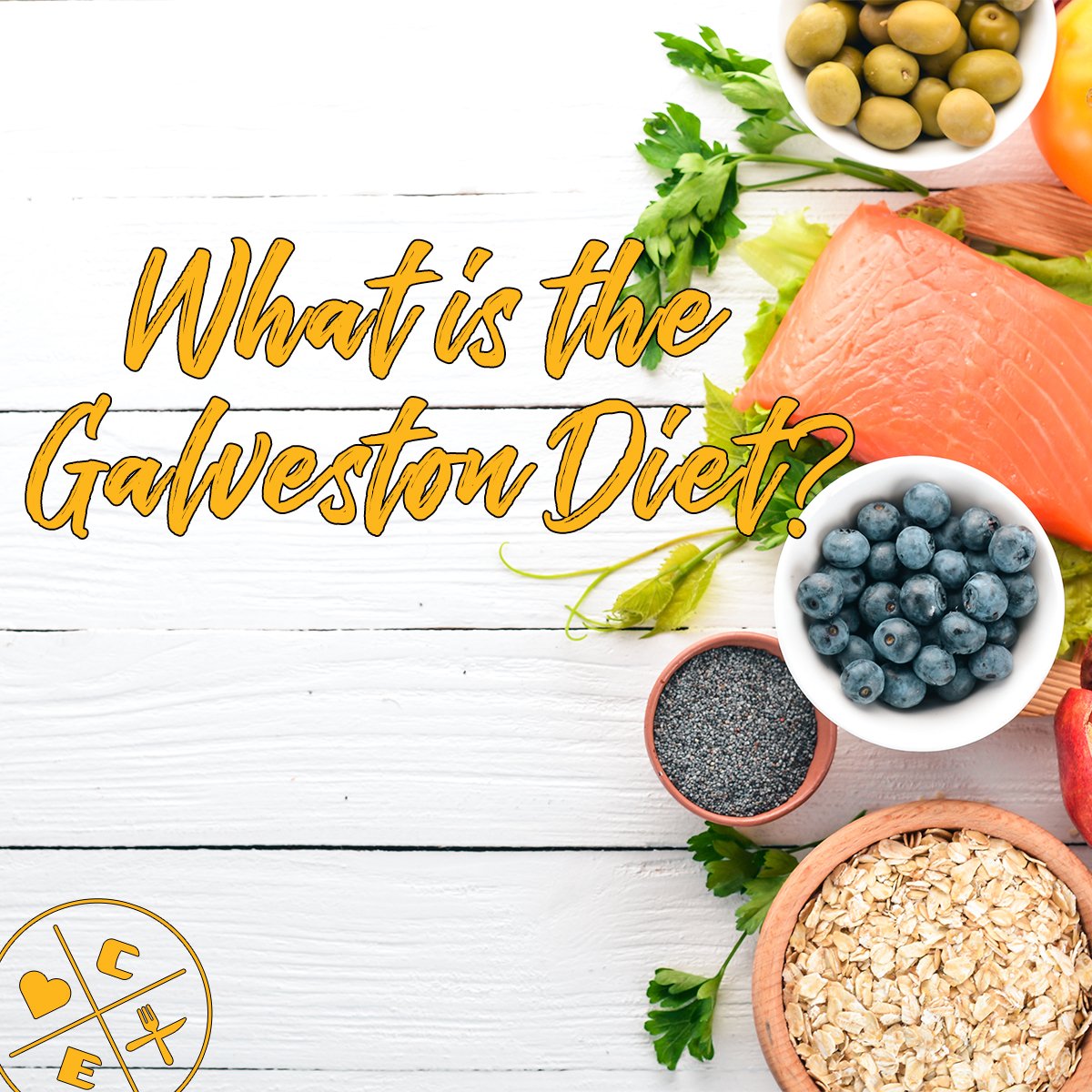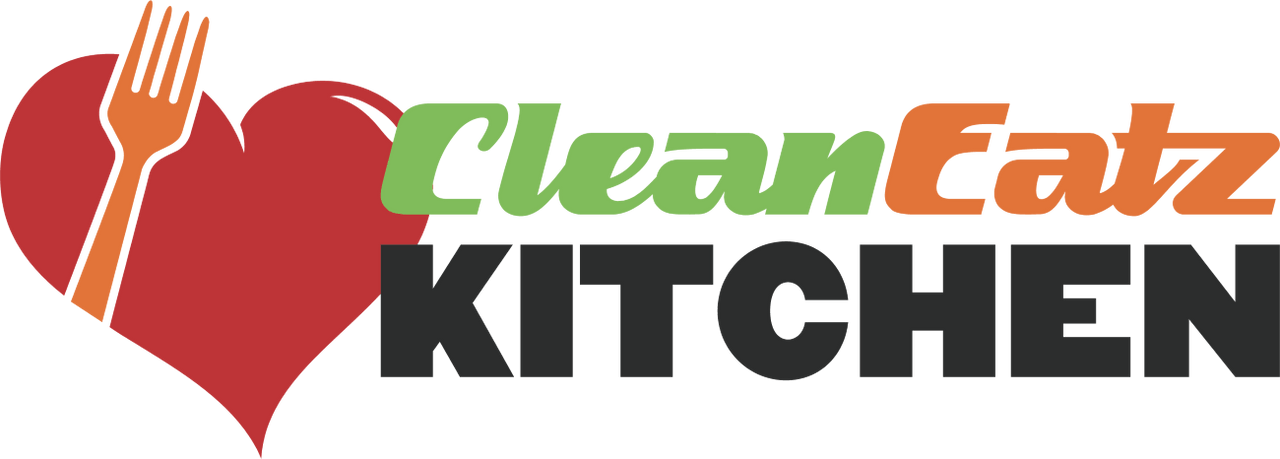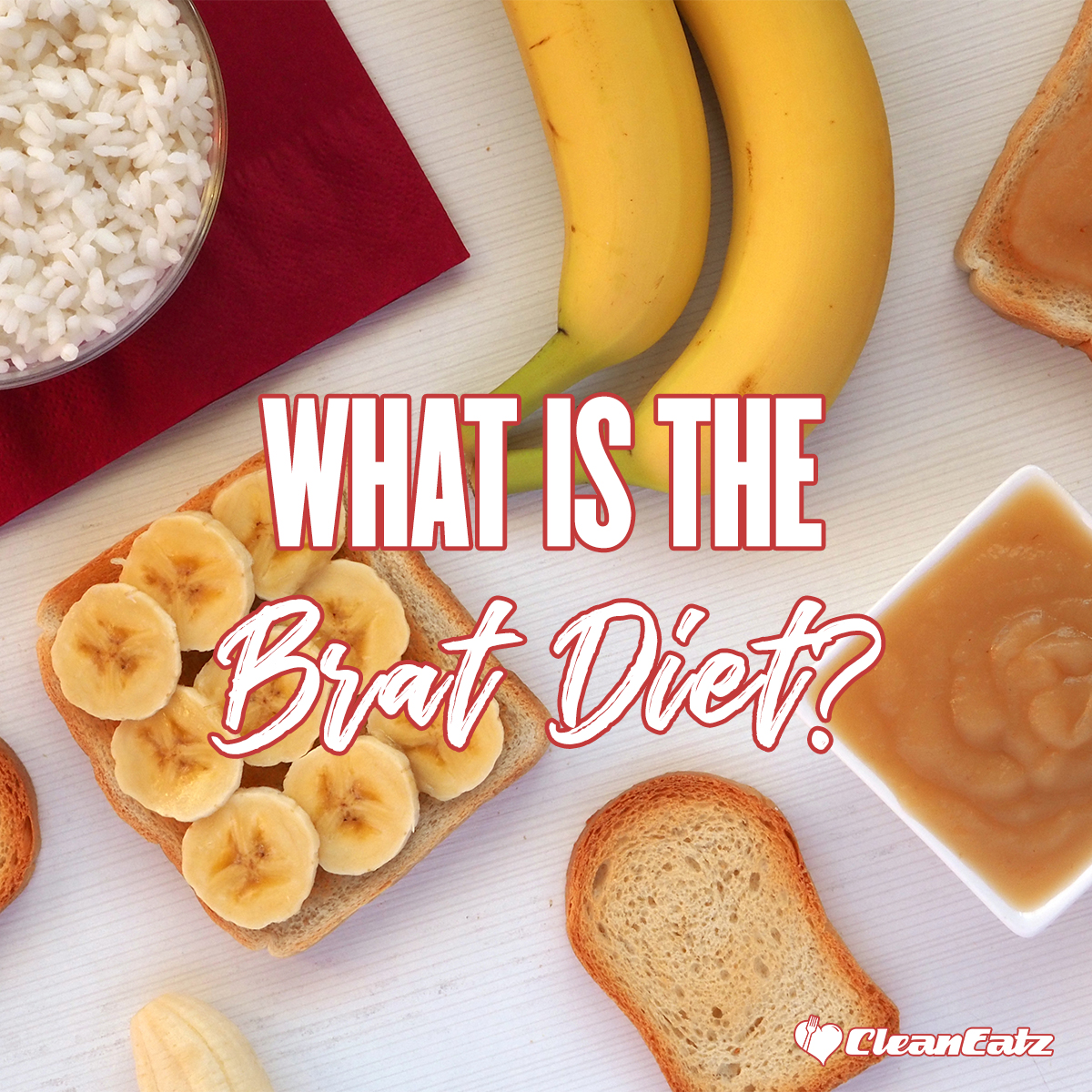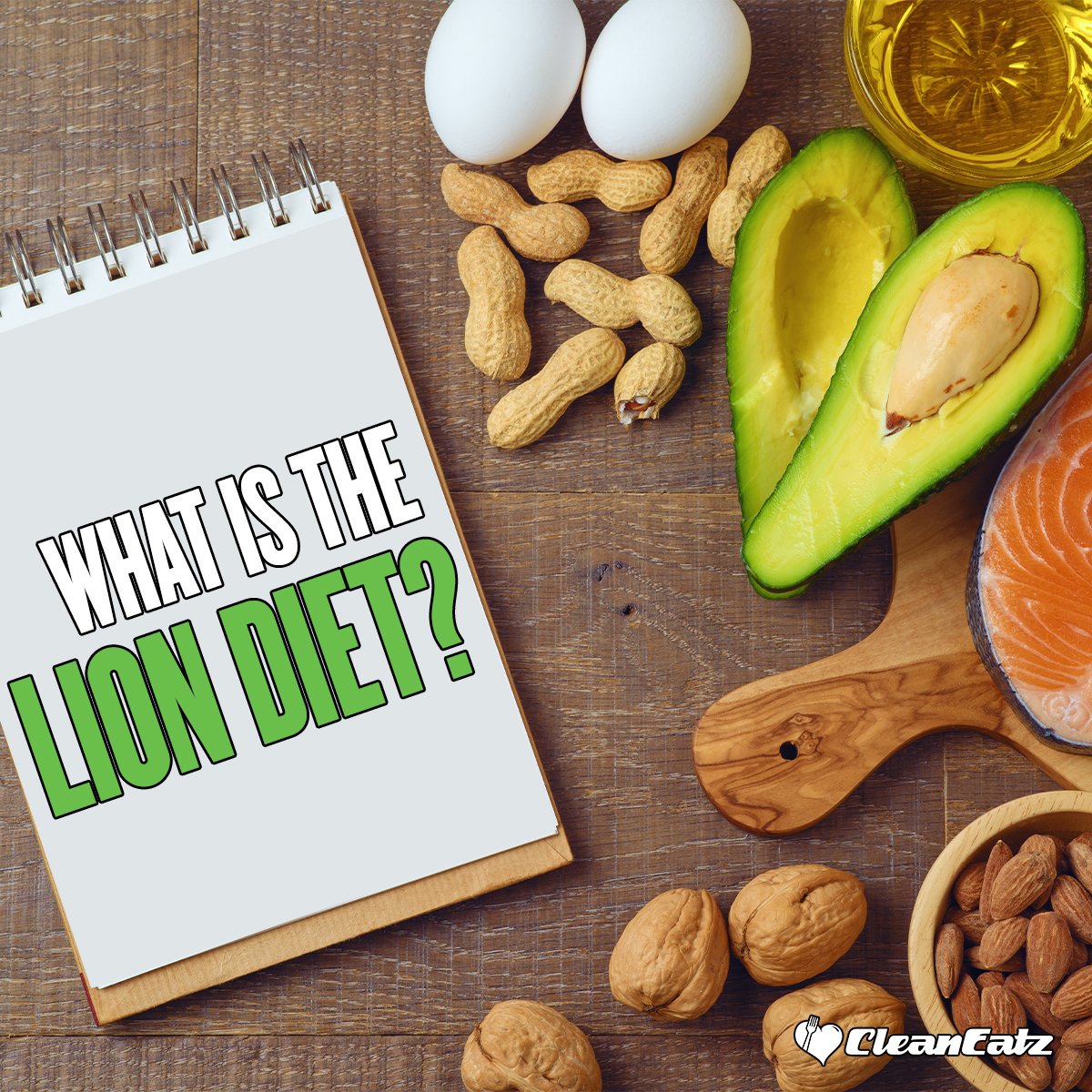
What is the Galveston Diet? Unlock a New Perspective for Yourself
Jason Nista
Nutrition
|
Weight Loss
|
Healthy Lifestyle
7 minute read
Have you been hearing all the buzz about the Galveston diet and wondering what exactly it's all about? You're not alone. This popular new diet has been taking the health and wellness world by storm, and for good reason. So what is the Galveston diet? It's an exciting way to lose weight while still enjoying many of your favorite foods.
If you're looking for an easy diet that can help you drop pounds quickly without a lot of complicated rules and meal plans, the Galveston diet may be just what you've been searching for. Continue reading this article to find out how to stick to this easy diet.
An Overview of the Galveston Diet
Let's find out what is the Galveston diet. It is all about eating real, whole foods and avoiding processed junk. The core principles are:
- Focus on lean proteins, healthy fats, and high-fiber carbs. Think fish, eggs, nuts, seeds, vegetables, fruits, and whole grains.
- Cut out added sugar, refined grains, and starchy carbs. So long white bread, pasta, rice and sweets! These spike blood sugar and promote fat storage.
- Watch your portion sizes. Even healthy foods have calories, so practice mindful eating by serving yourself appropriate portion sizes and avoiding going back for seconds.
- Stay hydrated and drink plenty of water. This helps you feel full and reduces your appetite. Aim for 6-8 glasses per day.
- Get some exercise most days of the week. The Galveston diet recommends at least 30 minutes of moderate exercise daily to complement your healthy eating plan. Things like walking, biking, swimming, or strength training all count.
The Galveston diet is a balanced, sustainable way of eating that can help you drop excess pounds and improve your health. By focusing on nutritious, natural foods, controlling portions, and staying active, you'll be achieving a realistic healthy lifestyle and the body you want in no time. You can also try CleanEatzKitchen's weight loss meal delivery plan for better results. Give it a try - you've got nothing to lose but the weight!
The Origins and History of the Galveston Diet
The Galveston diet has its roots in early 20th-century Texas. In the 1900s, residents of Galveston noticed that the local population had some of the lowest rates of diabetes and heart disease in the country. Researchers studied the traditional Galveston diet and found that it was naturally low in sugar, refined carbs, and unhealthy fats, but high in whole foods like:
- Fresh seafood like shrimp, crab, and fish
- Locally grown vegetables like okra, collard greens, and black-eyed peas
- Fresh citrus and berries
- Whole grains like brown rice and oats
The traditional Galveston diet emphasized meals cooked at home using fresh, unprocessed ingredients. Portion sizes were modest, and people stayed active in their day-to-day lives.
Today, the Galveston diet aims to recreate the benefits of that early 20th-century lifestyle. The keys are:
- Focus on whole foods like seafood, leafy greens, grains, and beans. Limit sugar, refined carbs, red meat, and unhealthy fats.
- Cook more meals at home using fresh ingredients. Avoid highly processed and packaged convenience foods.
- Practice mindful eating by enjoying your meals slowly, and appreciating flavors and textures. Stop eating when you're satisfied, not overly full.
- Stay active and exercise regularly. Even light activity like walking, gardening, or recreational swimming provides benefits.
- Maintain a healthy weight and balance your diet with your level of activity. Losing excess pounds if you are overweight can help reduce health risks.
By following these principles, the Galveston diet aims to promote long-term wellness and reduce the risk of disease. For many, it's a sustainable lifestyle that celebrates fresh whole foods, community, and well-being.
How to Follow the Galveston Diet: Foods to Eat and Avoid
The Galveston diet focuses on lean proteins, healthy fats, and high-fiber, complex carbohydrates. Here’s how to follow this balanced, sustainable diet:
Foods to Eat
- Lean proteins: chicken, fish, eggs, Greek yogurt
- Healthy fats: olive oil, nuts, seeds, avocados
- High-fiber, complex carbs: vegetables, fruits, whole grains like quinoa and oats
- Low-fat dairy: milk, cheese, cottage cheese
Foods to Limit or Avoid
- Red meat and full-fat dairy: these are high in saturated fat
- Simple carbs: white bread, pasta, rice, sweets, sugary drinks
- Processed and packaged foods: these tend to be high in salt, sugar, and unhealthy fats
The Galveston diet encourages eating when you're hungry and stopping when you're full. Aim for 3 moderately sized meals per day with optional snacks in between. Staying hydrated and practicing mindful eating habits will make it easier to avoid overeating.
Getting regular exercise is also key. Aim for at least 30 minutes of moderate activity most days of the week. Activities like walking, biking, strength training, and yoga are all great options. Exercise provides mental and physical benefits that will support your success on the Galveston diet.
This balanced, flexible diet plan can help you develop long-term healthy eating habits and improve your overall wellness. The Galveston diet promotes consuming a variety of nutritious foods in proper portion sizes and finding an eating pattern that works for your unique lifestyle. By focusing on lean proteins, healthy fats, and high-fiber carbs, you'll feel satisfied and energized. Make sure to stay hydrated, limit processed foods, and exercise regularly for the best results.
After learning everything there is to know about the Galveston diet, you should start looking for the best meal plan delivery services, like Clean Eatz Kitchen, to help you stick to your diet. Clean Eatz Kitchen takes care of meal planning, preparation, and delivery to your door, making it simple for you to keep to your desired meal plan. Browse any of the many pre-made meal plans we have available at your leisure. You can always build your own unique meal plan if what you're looking for is not available.
Final Thoughts
That covers the basics of the popular Galveston diet. Now that you know what it's all about, you can decide if it's the right weight loss plan for you. If eating whole foods, cutting carbs and sugar, and intermittent fasting sounds doable, give the Galveston diet a shot. You might just find the pounds melting off and your energy levels soaring. But if strict rules and limited food choices don't appeal to you, don't feel bad - there are plenty of other healthy diets out there. The most important thing is finding an approach you can stick with long-term. So pick what works for your lifestyle and tastes, make gradual changes at your own pace, and stay focused on progress, not perfection.
FAQ
What's the emphasis of the Galveston Diet when it comes to cooking?
The Galveston Diet underscores the significance of preparing homemade dishes with fresh, unprocessed ingredients. By doing so, you have greater control over the quality of your meals, enabling you to avoid the hidden additives, preservatives, excess salt, and sugar often found in processed foods. This not only fosters healthier eating but also allows you to savor the flavors of your food and connect with the meal preparation process.
How does the Galveston Diet encourage mindful eating?
The Galveston Diet promotes mindful eating by encouraging individuals to savor their meals slowly and mindfully, appreciating the flavors and textures of their food. This practice helps individuals become more attuned to their body's hunger and fullness cues, ultimately preventing overeating and fostering a better relationship with food.
How can you follow the Galveston Diet successfully?
To successfully adhere to the Galveston Diet, it's essential to adopt a comprehensive approach to your dietary choices and lifestyle. This includes focusing on integrating lean proteins, healthy fats, and high-fiber carbohydrates into your daily meals. Lean proteins can be sourced from items like chicken, fish, eggs, and Greek yogurt, while healthy fats can be found in olive oil, nuts, seeds, and avocados. High-fiber, complex carbohydrates can come from vegetables, fruits, and whole grains such as quinoa and oats.
Related Articles
What's the BRAT Diet? Boosting Wellness the Smart Way
7 minute read
The Lion Diet: A Complete Guide to Enhance Well-being
7 minute read



